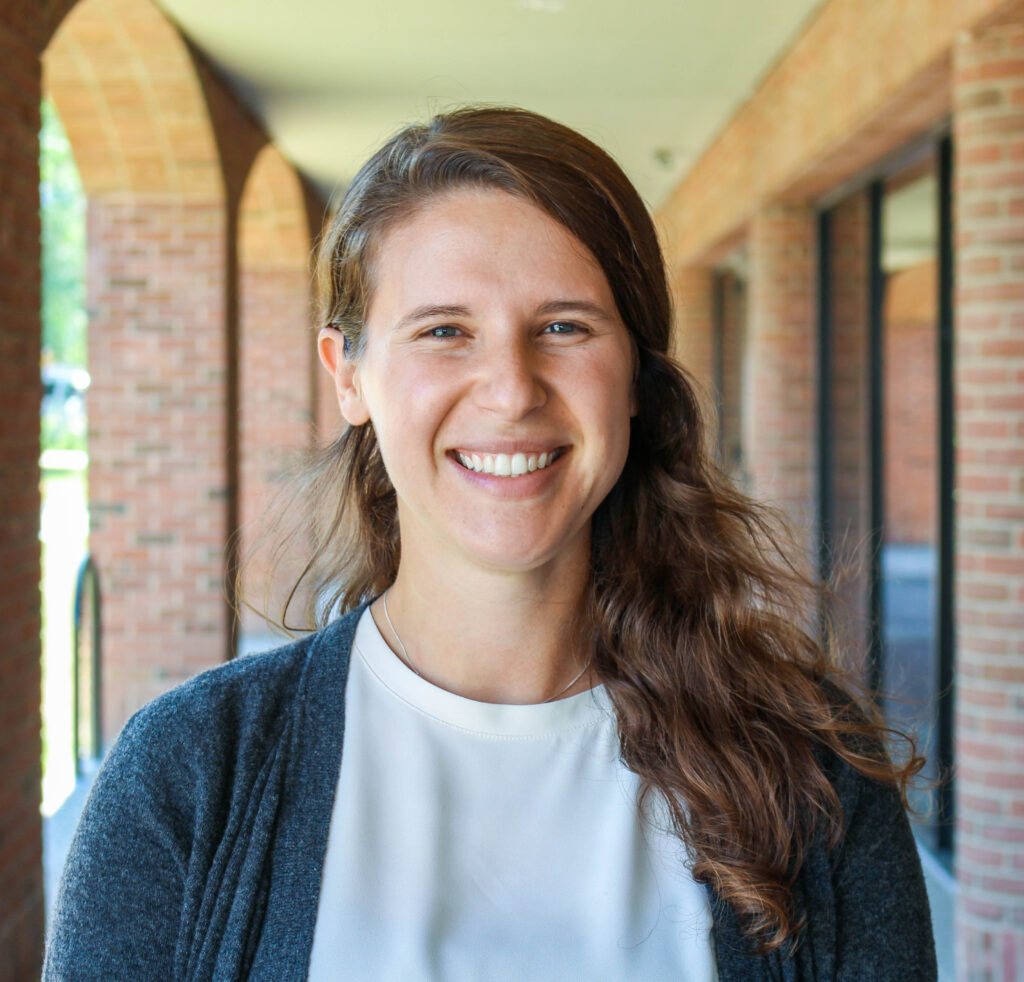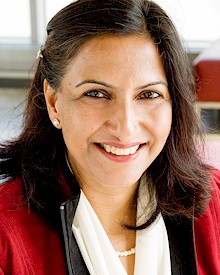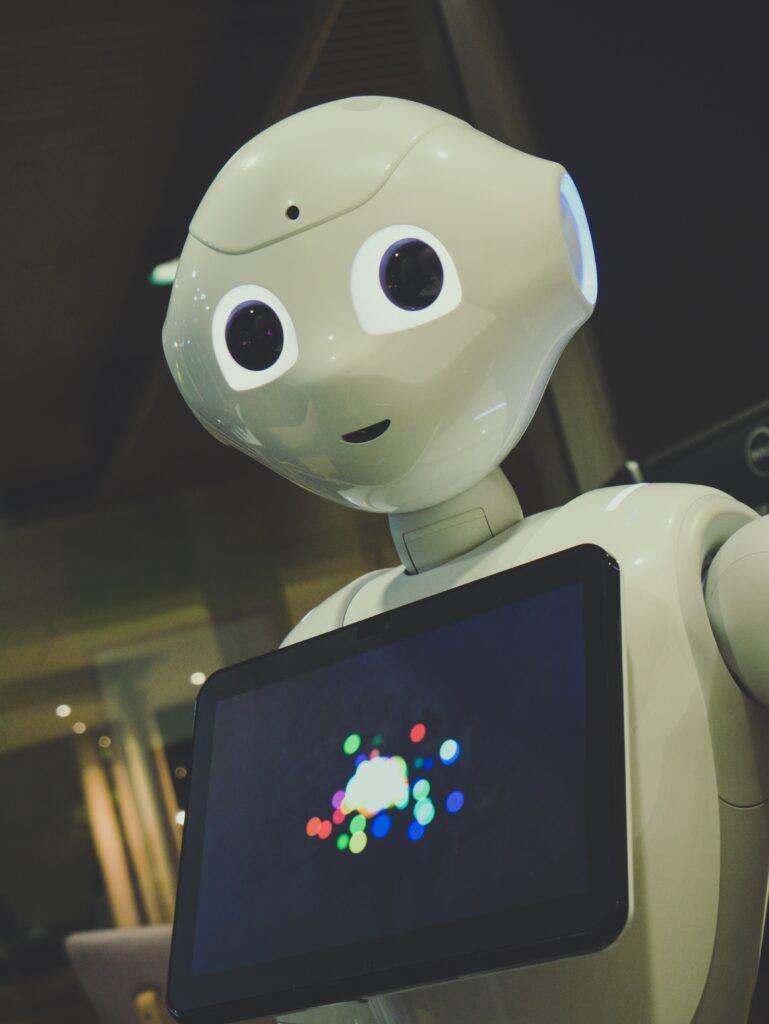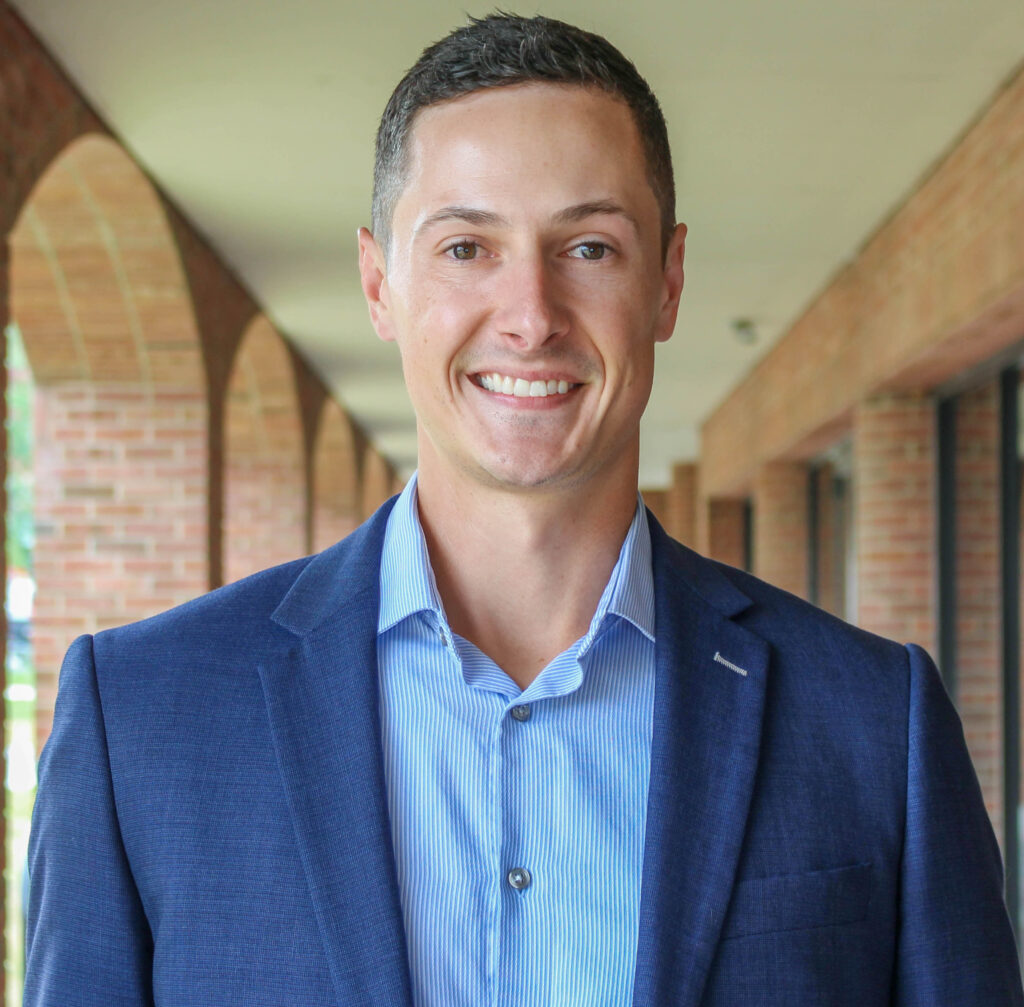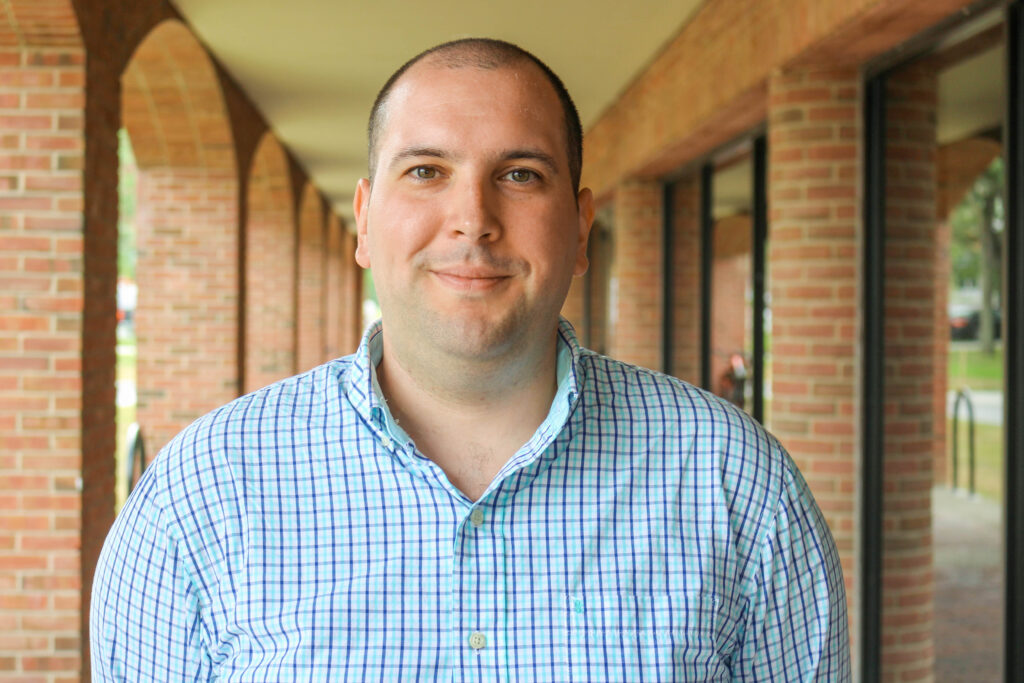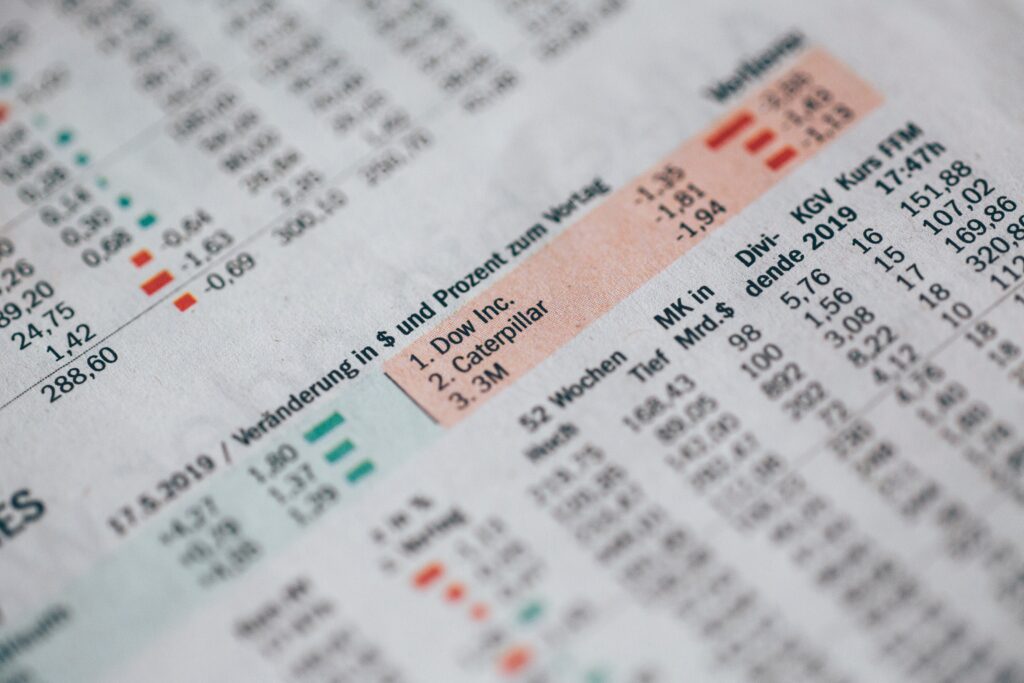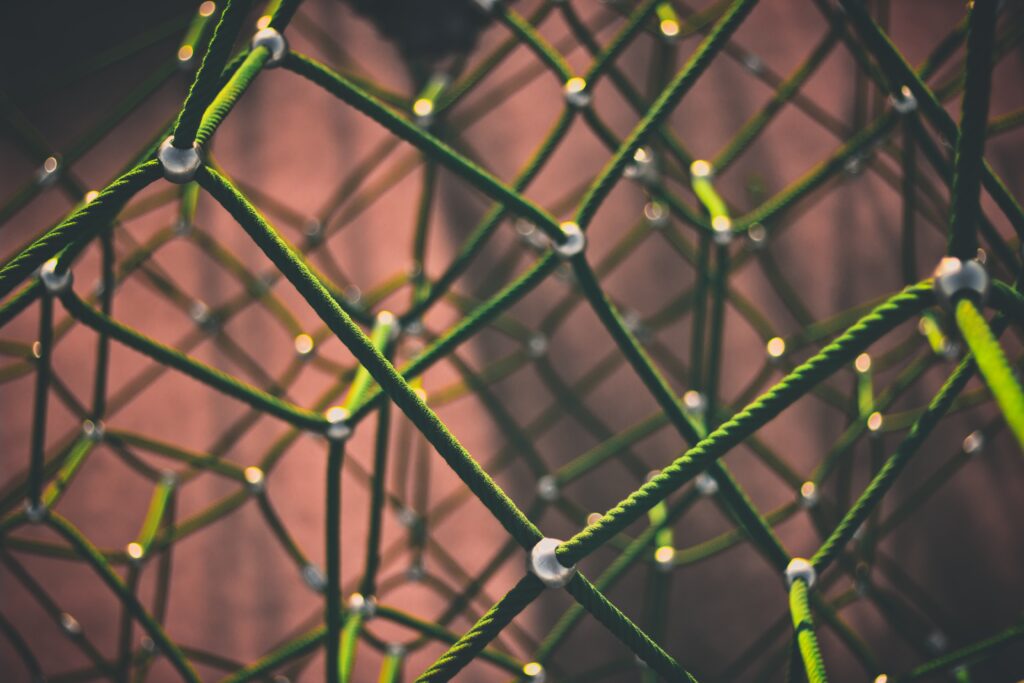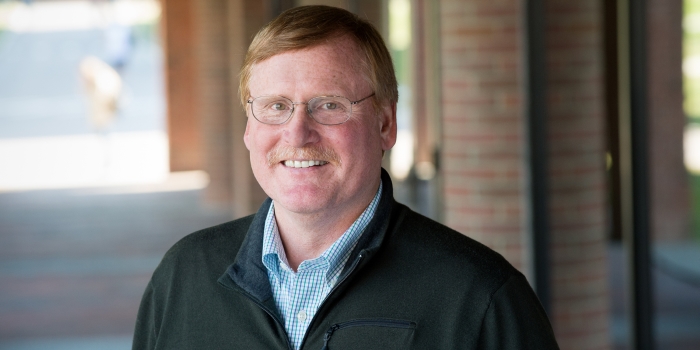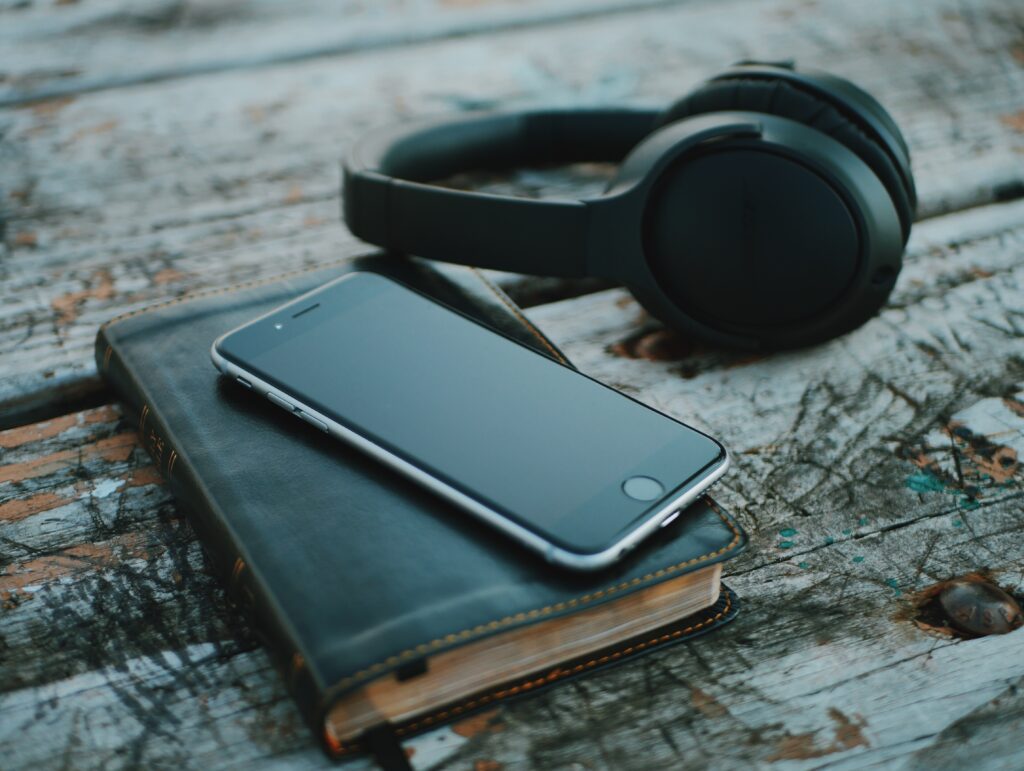Dan is a native of the small fishing town of Scituate, Massachusetts where his passion for the natural world began. Dan graduated from Saint Anselm College in 2017 with a degree in Environmental Science and a minor in Politics. During his time there, he founded the Saint Anselm Environmentalists Club. He also started a divestment campaign with the goal of fully divesting the schools endowment from fossil fuels, a battle that he is still fighting today. Upon graduation Dan moved to rural Tennessee where he worked in the National Parks to research and mediate the invasive plant populations that are taking over hundreds of square miles in the south. Connect with Dan on LinkedIn.
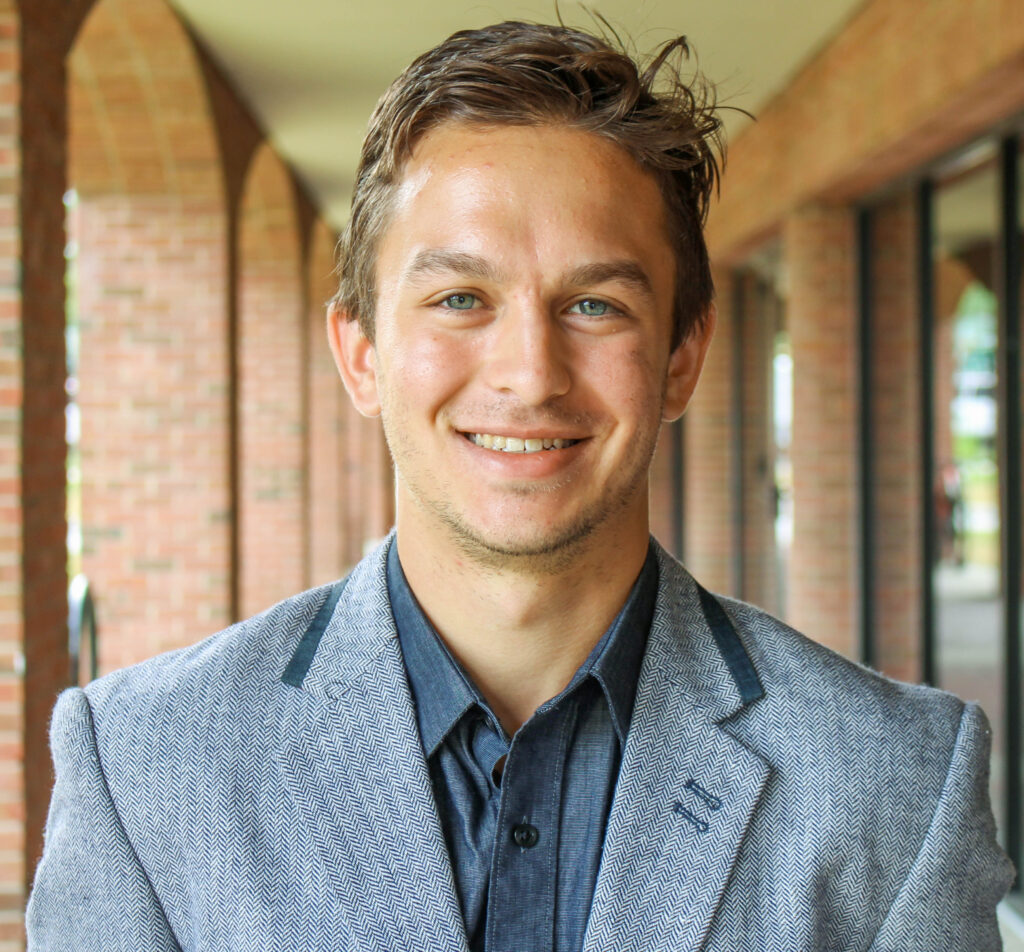
Why did you choose to attend The Sustainable Innovation MBA program?
For me, this program is the perfect cross-section of business and environmentalism. As someone who came out of undergrad with a degree in environmental science and no formal business experience, this program allows me to leverage my prior knowledge of the problems facing our world into creative solutions that utilize the world of business. Not to mention the faculty here is comprised of some of the most influential people in the field of sustainable business which made the decision to apply and attend easy.
What has been your favorite part/element of the program?
Personally, my favorite element of the program is the people who comprise it. All of the students in my cohort are supportive and genuinely great people. Having the opportunity to discuss issues with intelligent and like-minded people is invaluable. Not to mention, the professors are all extremely supportive and really want everyone to succeed.
What are three things someone considering the program should be aware of?
1. When they say this program is intense, they’re not lying, but it is all manageable and the people around you always have your back and are there to help.
2. If you’re someone like me who had no previous business education, this program will supply you with the skills you need to understand and internalize all of the “hard business” aspects while also offering unique, disruptive skills that are so uncommon in other MBA programs.
3. Vermont is incredibly beautiful at all times of year, but the winters can be a little dark and snowy. Pack your skis and get ready for a fun winter.
How has The Sustainable Innovation MBA benefitted you so far?
This program has opened my eyes to opportunities that I had never thought of before.
What business, sector, or issue would you like to have an impact on after the program?
I would like to have an impact on the beer brewing industry, as a consultant to larger firms or by starting my own brewery here in Vermont.
Anything else?
This is an amazing program that I think anybody who has any interest in creating impact change on the world should definitely check out!

